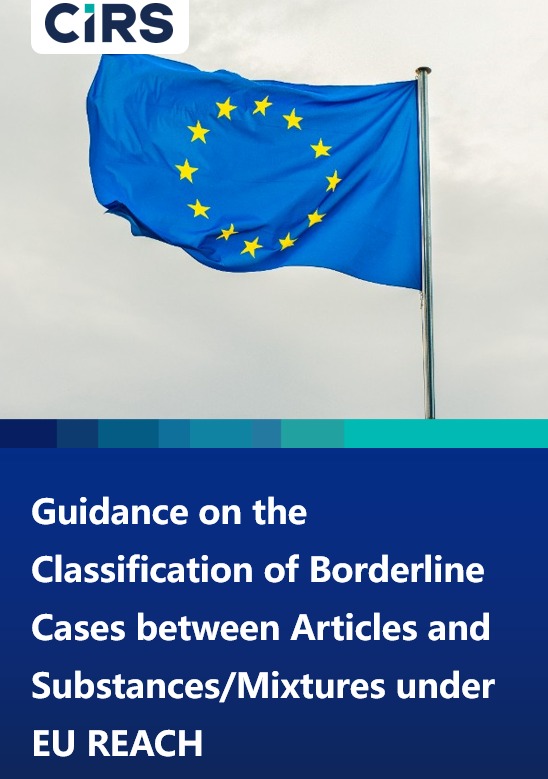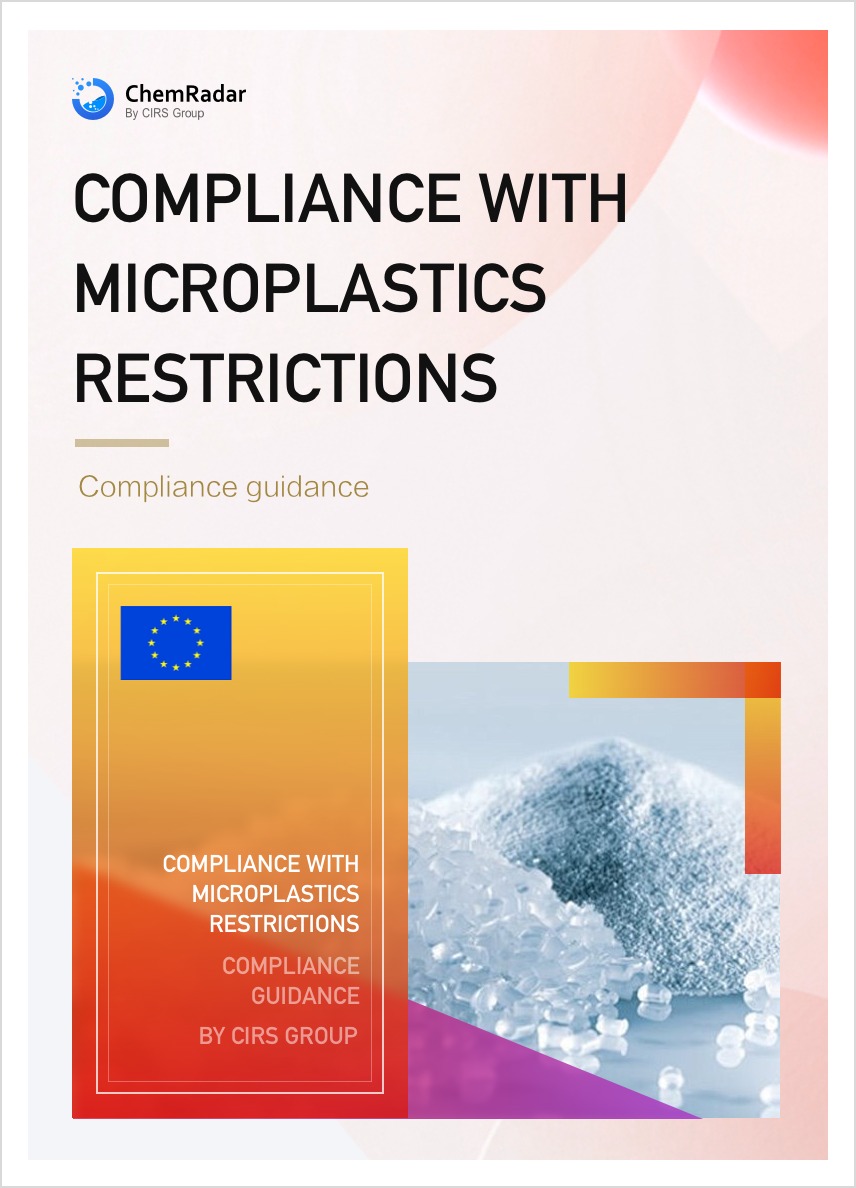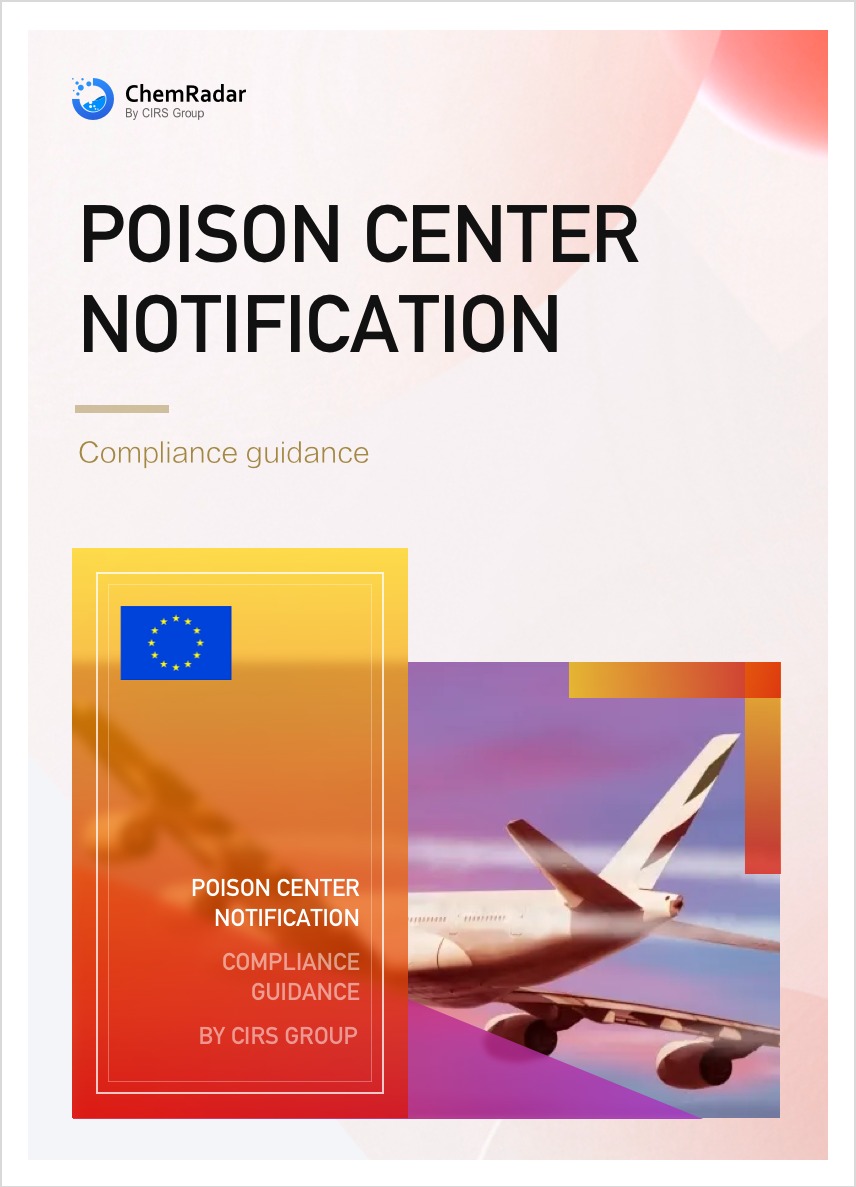On April 29, 2025 , the European Chemicals Agency (ECHA) unveiled a proposal to restrict the use of carcinogenic hexavalent chromium (Cr(VI)) substances across the EU. The measure aims to safeguard human health and the environment from the cancer risks associated with these chemicals.
Background
Cr(VI) substances are widely employed in industries such as electroplating, surface treatment, aviation, and defense. Due to their carcinogenicity, the EU has classified them as Substances of Very High Concern (SVHC) under the REACH Regulation, requiring authorization for use. However, the overwhelming number of authorization applications has strained regulators and businesses. Consequently, the European Commission tasked ECHA with preparing a restriction report to transfer these substances from REACH Annex XIV (Authorisation List) to Annex XVII (Restrictions List), shifting focus from controlled authorization to outright bans with limited exemptions.
Key Elements of the Restriction Proposal
1. Scope of Substances and Exemptions
Substances Targeted: Chromic anhydride, chromic acid, dichromic acid, their salts, and barium sulfate (identified as a "regrettable substitute").
Permitted Applications: Certain sectors may continue using Cr(VI) if they meet strict worker exposure and environmental discharge limits:
- Electroplating (plastic/metal substrates)
- Formulation of mixtures
- Surface treatment and functional additives
- Primer and slurry production
2. Exposure and Emission Limits
- Worker Exposure: 8-hour time-weighted averages range from 0.1 µg Cr(VI)/m³ to 5 µg Cr(VI)/m³, depending on use categories.
- Environmental Discharge: Air emissions capped at 0.025–2.5 kg Cr(VI)/year, and water releases at 0.15–15 kg Cr(VI)/year.
3. Transition Period
An 18-month transition period is proposed for all restricted uses, emphasizing immediate risk management over prolonged substitution efforts.
Restriction Options
Three scenarios (RO1, RO2, RO3) were evaluated, differing in stringency:
RO1 (Least Strict)
- Worker limits: 1–5 µg/m³
- Emission limits: 2.5 kg/year (air), 15 kg/year (water)
- Impact: Lower compliance costs but minimal health benefits.
RO2 (Moderate)
- Worker limits: 0.5–1 µg/m³
- Emission limits: 0.25 kg/year (air), 1.5 kg/year (water)
- Impact: Balances health protection and economic feasibility.
RO3 (Most Strict)
- Worker limits: 0.1–0.5 µg/m³
- Emission limits: 0.025 kg/year (air), 0.15 kg/year (water)
- Impact: Highest health benefits but risks significant industry shutdowns.
ECHA recommends RO1 and RO2 as proportionate measures, balancing public health and economic viability.
Projected Impacts
- Annual Cr(VI) emissions could drop by 17 tons if implemented.
- Over 20 years, net benefits are estimated at €331 million to €1.07 billion, but societal costs (retrofits, substitutes, relocations) may range from €314 million to €3.23 billion.
Next Steps
- Public consultation opens on June 18, 2025, with ECHA hosting webinars to assist stakeholders in submitting scientific feedback.
- ECHA’s Committee for Risk Assessment and Committee for Socio-Economic Analysis will review the proposal and comments before a final decision by the EU Commission and member states.
This proposal underscores the EU’s commitment to phasing out hazardous chemicals while weighing industry adaptability and public health priorities.
Further Information




